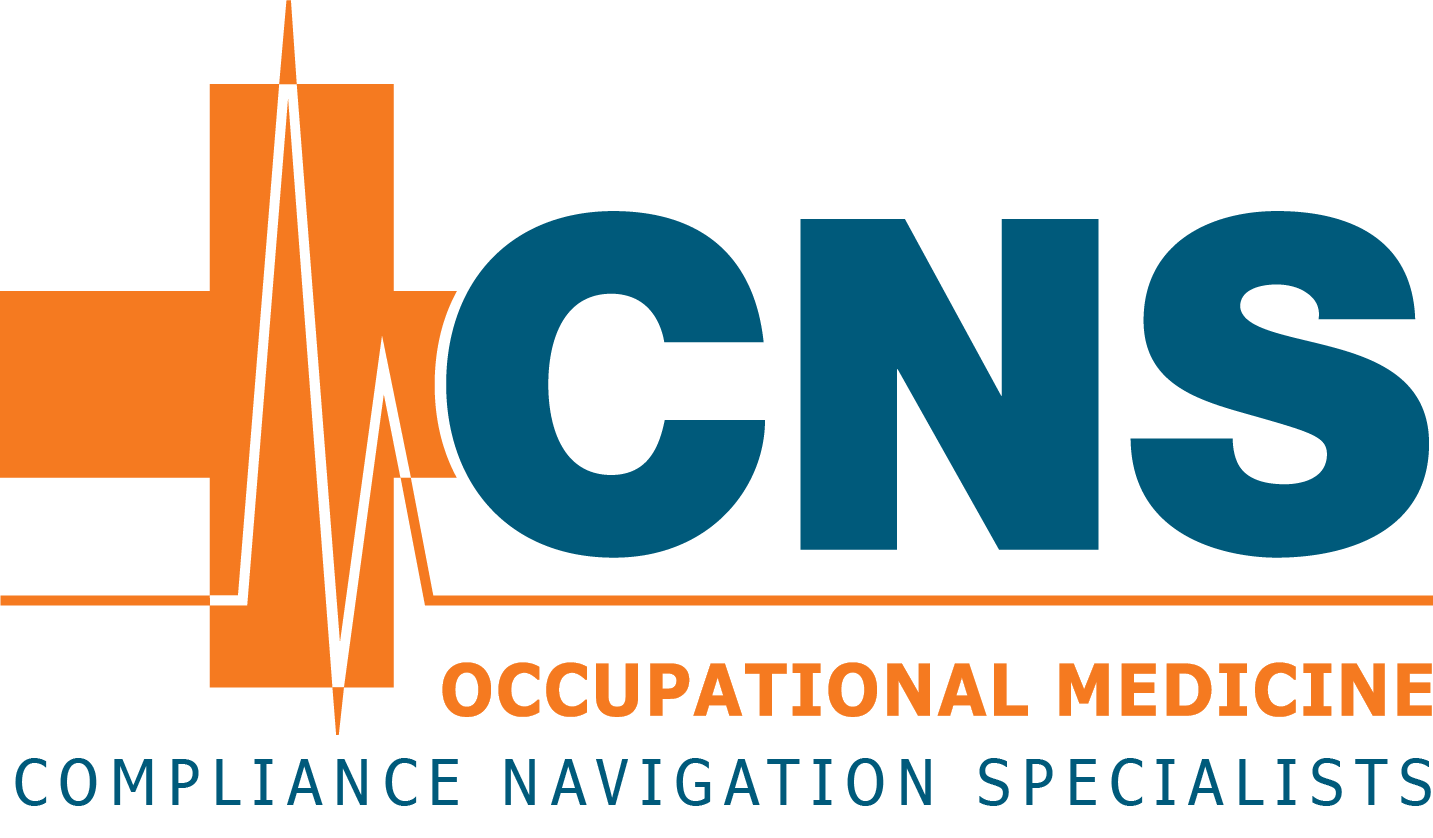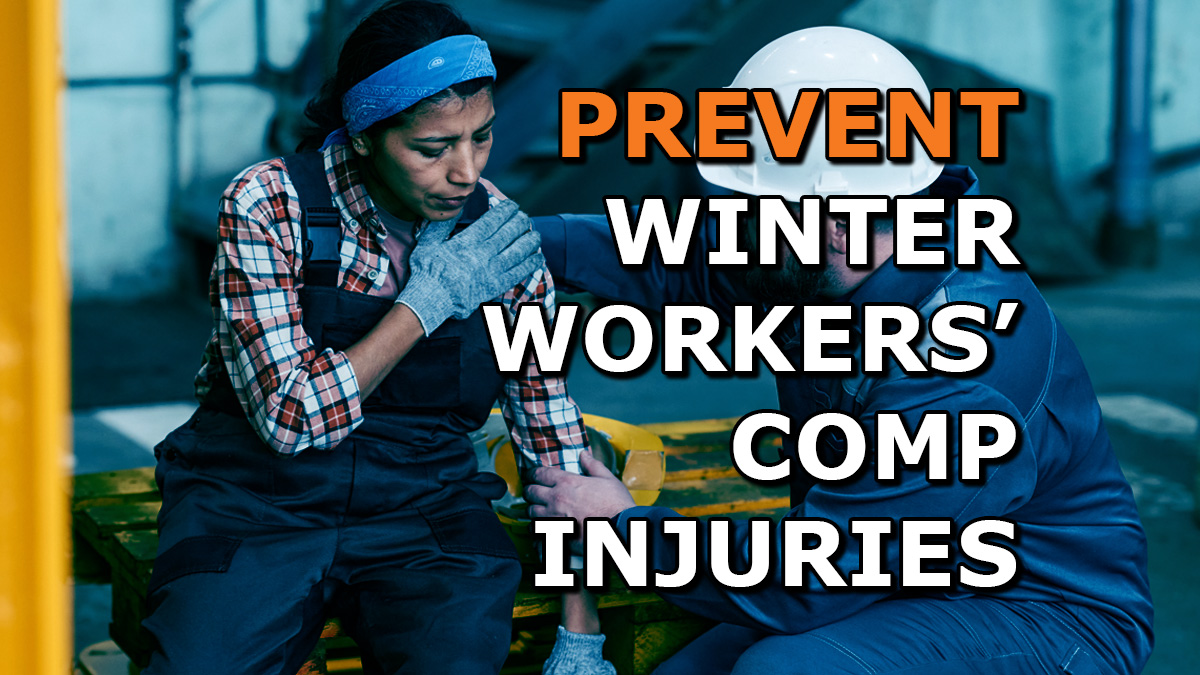When cold weather hits, injury claims rise.
Slippery sidewalks, icy steps, bulky winter clothing, and shorter daylight hours all combine to create higher workplace hazards—especially for delivery drivers, warehouse workers, and employees working outdoors.
And for employers, this means one thing: a surge in workers’ compensation claims during the winter months.
Are you ready this year?
Common Winter Injury Risks
From November through March, employers often see an increase in:
- Slips, trips, and falls on ice-covered loading docks, parking lots, or customer driveways.
- Shoulder and back strains from lifting heavy packages or pushing equipment through snow and slush.
- Vehicle accidents during deliveries in snow or black-ice conditions.
- Cold-related illnesses such as hypothermia and frostbite for outdoor or roadside workers.
- Repetitive stress injuries made worse by heavy winter gear or reduced mobility.
Even small incidents can escalate into long-term disability claims if not managed properly. That’s why early injury intervention and objective medical evaluations are critical.
How Employers Can Manage Workers’ Comp Risk This Winter
Don’t let another season go by where you are not prepared for these risks. Here’s what employers can do now to prevent workers’ compensation claims:
1. Prioritize Fit-for-Duty and Post-Injury Evaluations
Before winter’s peak, schedule fit-for-duty exams for employees in high-risk roles. These exams confirm that workers can safely perform their essential job functions—especially those with prior injuries or chronic conditions.
If a worker reports an injury, a prompt medical assessment helps determine the extent of injury and whether modified duty is possible.
Goal: Prevent small strains from turning into costly lost-time claims.
Tip: CNS OccMed’s occupational health team provides same-day injury care and return-to-work evaluations to reduce claim duration and cost.
2. Use Independent Medical Exams (IMEs) to Validate Claims
Winter often leads to more questionable or prolonged claims, especially when injuries are difficult to verify—like soft tissue strains or “slip and twist” incidents without witnesses.
An Independent Medical Exam (IME) conducted by a board-certified physician offers an unbiased medical opinion to determine the validity of a claim, level of disability, and whether the employee is ready to return to work.
IMEs are especially useful when:
- There’s a dispute between the treating provider and insurer’s findings.
- Symptoms appear inconsistent with objective evidence.
- You suspect exaggeration or malingering.
With the rise in workers’ comp fraud nationally—estimated to cost employers over $35 billion annually—objective medical reviews are essential for defending legitimate claims.
3. Prevent Seasonal Slips and Strains
Many injuries are avoidable with proactive safety and wellness measures:
- Clear walkways regularly and apply ice melt at entrances and delivery zones.
- Encourage stretching and warm-up routines before shifts in cold weather.
- Provide proper footwear with slip-resistant soles.
- Train employees on defensive winter driving techniques.
- Implement incident reporting protocols that encourage early reporting of minor injuries.
A small slip or strain left unreported can quickly turn into a major lost-time claim.
4. Coordinate With Occupational Health Experts
A well-managed workers’ comp program depends on collaboration. Partnering with occupational health professionals helps ensure:
- Accurate medical documentation for claims.
- Objective IMEs and return-to-work decisions.
- Drug and alcohol testing when required after incidents.
- Consistent communication between HR, insurance carriers, and providers.
At CNS Occupational Medicine, we help employers create custom injury management programs—from pre-employment exams and injury care to IMEs and DOT physicals—so you can keep your workforce safe, compliant, and productive all winter long.
Stay Ahead of the Cold-Weather Claims Surge
Winter conditions are inevitable but rising workers’ comp costs don’t have to be.
By investing in prevention, early intervention, and independent medical oversight, employers can reduce downtime, control claim costs, and protect their team’s well-being.
Need help managing winter injury claims or scheduling IMEs?
Contact CNS Occupational Medicine to develop a proactive injury management strategy this season.




